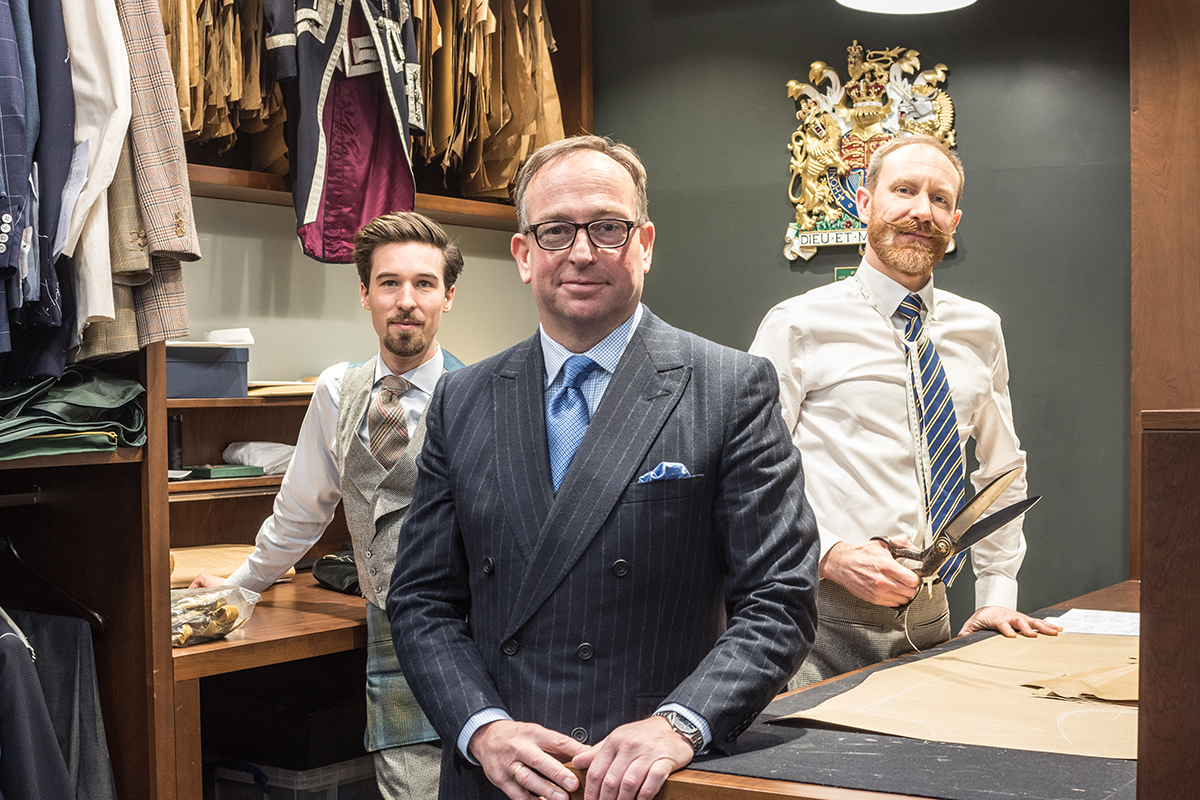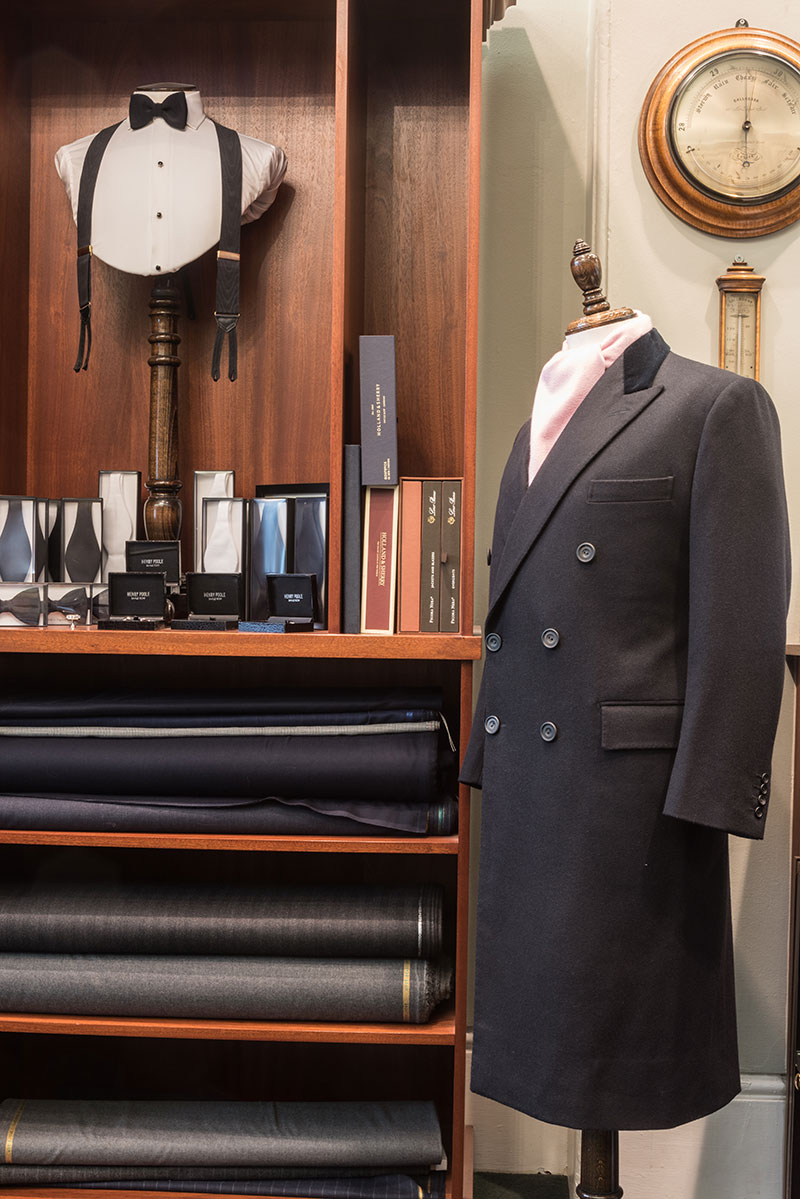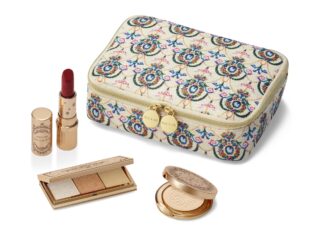This website uses cookies so that we can provide you with the best user experience possible. Cookie information is stored in your browser and performs functions such as recognising you when you return to our website and helping our team to understand which sections of the website you find most interesting and useful.
Henry Poole & Co’s Simon Cundey tells Tempus why Savile Row is so well suited for his historic family-run tailors
By Mark O'Flaherty | 16 April 2019 | Style
As a seventh-generation family member of Savile Row’s first ever tailors, Simon Cundy says his family business is stronger than ever

In a world of mass consumerism, multi-generational artisans in Mayfair are keeping the crafts of their ancestors alive. Away from the high gloss of the corporate-owned window displays, with all their conceptual gilded animatronics and operatic set designs, there is an older world of classic bespoke and other craft, much of it still in the hands of the families that founded their businesses one or two centuries ago. There are workshops and archives that have survived world wars and developed a gorgeous patina from the everyday craft that they facilitate. Here, Mark C O'Flaherty explores the world of Savile Row's first tailors, Henry Poole & Co.
Simon Cundey, seventh-generation family member and managing director of Henry Poole & Co invites Tempus to explore the historic boutique that has dominated London’s famous tailoring street since 1806.
How did Henry Poole & Co become the first tailors on Savile Row?
The founders were wealthy enough to purchase a property in Old Burlington Street. The building was rather a sort of mundane Georgian style that went through on to Savile Row, which was just a parking area for your carriages to walk out on to Regent Street. But he enjoyed the quirkiness of the building, so he made that the entrance on to Savile Row – and that’s actually what made us the first tailors on this historic street.
When Henry started becoming famous for working with famous people, other tailors started moving into the street, and it grew and grew. By the 1890s, every royal family and every powerhouse in the world was coming to Henry Poole. We had military, livery and civil – three areas of tailoring. It really was an institution house; it still is today in some respects.
How did the Poole and Cundey families first come together?
Henry Poole sadly passed away with no children so his cousin, Samuel Cundey, the accountant of the firm, ran it for a short time. Cundey’s son Howard joined the business and became another famous character in the celebrity tailoring world – we went from 20-odd warrants with Henry to another 22 warrants with Howard Cundey. That was another generational powerhouse that steered us through into not only having Savile Row, but shops in Berlin and Paris, too. Then, it went on his sons Samuel and Hugh. After that came Angus, my father. And then of course I came along, and I have two sons, Henry and Jamie – named after James Poole and Henry Poole. Hopefully both of them will make their way into the firm as well. >>
Related: Mayfair hatters Lock & Co gives Tempus an insight into the oldest hat shop in the world

How did the Poole and Cundey families first come together?
Henry Poole sadly passed away with no children so his cousin, Samuel Cundey, the accountant of the firm, ran it for a short time. Cundey’s son Howard joined the business and became another famous character in the celebrity tailoring world – we went from 20-odd warrants with Henry to another 22 warrants with Howard Cundey. That was another generational powerhouse that steered us through into not only having Savile Row, but shops in Berlin and Paris, too. Then, it went on his sons Samuel and Hugh. After that came Angus, my father. And then of course I came along, and I have two sons, Henry and Jamie – named after James Poole and Henry Poole. Hopefully both of them will make their way into the firm as well.
What do you think defines the aesthetic of the house today?
I think the quality. We’re still very much synonymous with timelessness, whether it’s the shape of the garment or how we work with the customer. Fashion moves and goes around in circles, and while we don’t ignore it, we’re not dictated by it.
How does that differ from the other houses on the street?
There are other houses that do the same as us, but they have their look – say a softer shoulder or a military shoulder. We do a natural shoulder. We look at your body and if we feel your shoulder line needs building up, we will do so. If it’s a very square shoulder, we will leave you alone. It’s just to get you a natural balance. With width of lapel, it’s about the size of the body. If you have a 6ft 4in person, with broad shoulders, he’s going to need a good-sized lapel. If you’re looking at a smaller gentleman, you don’t want to give him a four-inch lapel.
Fashion can be that way: in the 70s, it was all about 5in lapels; in the 60s, it was 2.5in lapels. The rotation is always there, but it’s just a question of pinpointing it, where you want to be. We move in terms of fashion, but in much smaller circles. And that’s what makes the line so defined.
How many your customers are coming to you because their fathers and grandfathers did?
I would say around 15% come to us today on that basis. Some of our multi-generational customers are now fourth- or fifth-generation UK customers.
What do you think being a family business adds to the dynamic of the business?
Being a family business, you know the customers more – when someone comes in, we recognise their name or my grandfather remembers that person – and, moreover, you know your staff more. You represent the firm; it’s your face to the name, but there’s a team effort. I also think that adaptability, in good times and bad times, is where a family business can really change rapidly, while with companies with shareholders sometimes it takes something dramatic to make them change. And sometimes they don’t always give back. A firm like Poole has survived by giving to the next generation through apprenticeships and teaching people, which is all part of the establishment.
Words and photography by Mark C O'Flaherty







